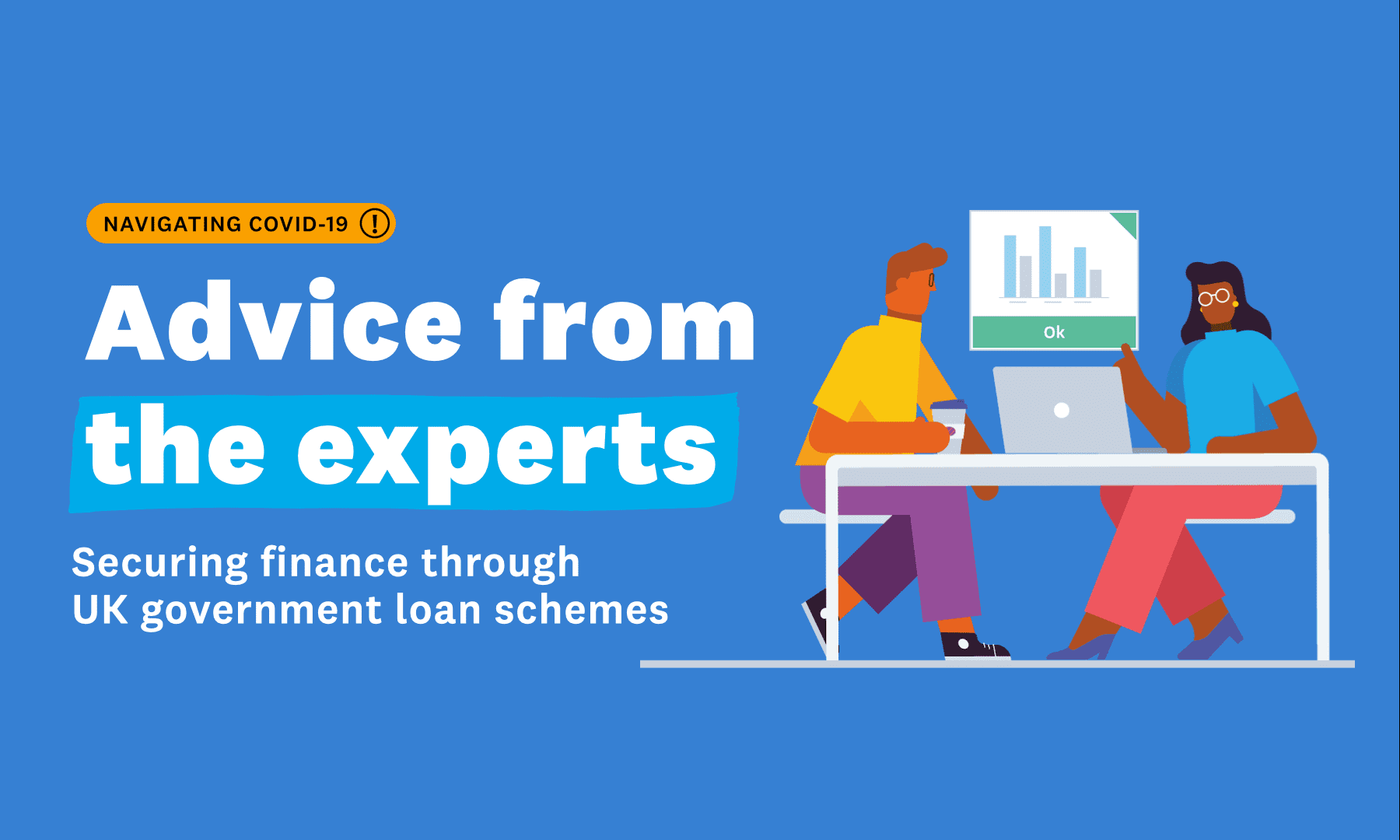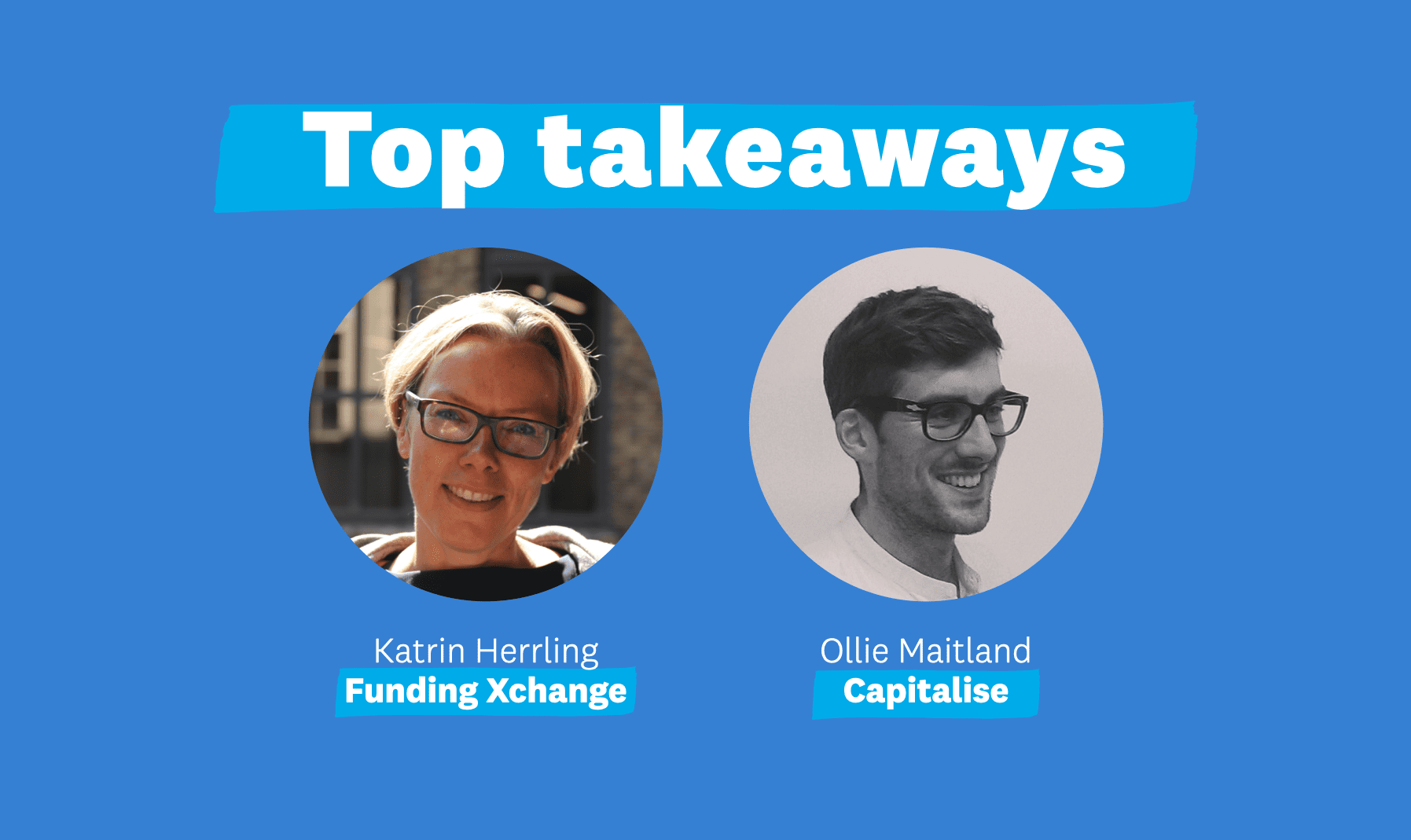
Improving your chance of securing government backed loans (UK)


Over £4.1 billion has now been paid to more than 25,000 businesses under the UK government’s Coronavirus Business Interruption Loan Scheme (CBILS), up from £2.8 billion for 16,624 businesses last week. This is according to the latest data published by UK Finance, the collective voice for the banking and finance industry.
UK Finance said lenders have received a further 27,000 applications that are still being processed. Some of these are expected to be approved over the coming days, while an unknown number have already been declined or didn’t make it past the enquiry stage.
The government has now also added the Bounce Back Loans scheme (BBLS). These 100% government backed loans of between £2,000 and £50,000 for small businesses are due to be made available from 9am on Monday, 4 May and are expected to be a simpler process for businesses wanting smaller loans.
CBILS and bounce back loans: Everything you need to know
How can businesses better understand CBILS and bounce back loans and improve the likelihood of a successful loan application, all while staying well-informed of the risks and how to plan for paying those loans back?
To answer those questions and more, Ben Johnson, Strategic Partnerships Manager at Xero, was joined by two experts from the world of finance and lending, Katrin Herrling, CEO and Co-Founder of Funding Xchange, and Ollie Maitland, Co-Founder and Chief Product Officer at Capitalise. Both Funding Xchange and Capitalise provide platforms that allow access to numerous CBILS lenders.
Xero Education Specialist Becca Smith then took the opportunity to dive into the reports available in Xero to help you find the figures you need to support you with your loan applications.
For the full session, watch our webinar recording below or keep reading for the key takeaways.
CBILS vs the Bounce Back Loans scheme
While details of the new Bounce Back Loans scheme (BBLS) are yet to be finalised, this was a welcome addition to the list of government schemes being made available to small businesses.
“Bounce back loans are one of the iterations we’ve seen [of the government] trying to address this need for much simpler loans that need a simpler process to unlock funding for businesses that just need money now, says Katrin Herrling of Funding Xchange. “They don’t need a huge amount of money, but they have a very urgent, immediate need.”
Due to the loans being 100% backed by the government, compared with 80% for CBILS, Ollie Maitland of Capitalise said there’s limited risk for the banks, so loans will be issued much faster. “The risk is instead going back to the government and the taxpayer,” he said.
Despite BBLS looking easier to claim, Ollie suggests speaking to an accountant before applying for any loans in case there are less risky opportunities to secure funding.
“[Accountants] are getting a view across all of these schemes, including grants. Free money is better than borrowed money at all stages”, Ollie said.
“If you don’t have a relationship with an accountant, now might be a good time to contact one,” Ben added.
Don’t underestimate the risk of taking on debt
Whether it’s CBILS or BBLS, business owners should not forget that they will be expected to repay 100% of these loans, independent of the government guarantee.
“Don’t use debt unless you have a plan to repay it,” Katrin said. “If you default on this loan, it’ll have a significant impact on your future ability to get credit.”
“Some businesses may look at these schemes as easy money, without thinking through what the repayment will actually look like. Before moving forward, you need to understand what is required to pay back that money,” she said.
With other schemes such as the furlough scheme, and numerous others by sectors – such as hospitality, which has been hard hit – Katrin recommends spending some time digging into the detail to find what’s available to you.
“The government has created a site to help you understand what those schemes are and what you’re eligible for. Use your accountant to help you navigate this before you consider other finance options,” Katrin said.
Plan for your loan repayments before you take one on
Before taking on any type of loan, our experts recommend working with your accountant to build any potential loan repayments into your business forecast.
Sharing lessons from countries like Germany coming out of lockdown, Katrin says it’s important to think about how you’ll use debt to support yourself not just during the lockdown, but also looking at what it takes to restart your business and be successful beyond that.
“In the lockdown, you’re able to bring your costs down, but your revenue is obviously very much reduced,” Katrin said. “What has then happened in the unlocking phase, is unfortunately those costs bounce back to 100%. For example, you’re paying rent again for your premises… but your revenues are still down by 40-50%.”
“Building that into a forecast and working with an accountant is key to understanding that model,” Ollie added.
Find out what financial support is available for your business with these checkers and guidance direct from GOV.UK.
Progressing with CBILS: Understanding the application process
To be eligible for a CBILS loan of up to £5 million for up to 6 years, businesses must:
- be based in the UK
- have an annual turnover of up to £45 million
- have a borrowing proposal which the lender would consider viable, if not for the coronavirus pandemic
- self-certify that your business has been adversely impacted by coronavirus.
When applying for a CBILS loan, Ollie Maitland from Capitalise says your borrowing proposal will need to consist of documentation such as filed accounts, aged debtors and creditors list, management accounts, six months worth of bank statements, as well as forecasts.
“Almost all of the banks require some kind of forecast into the future and looking at the impact of COVID-19 on the business… typically that’s around a 30% drop in revenue,” Ollie said.
Statements of assets and liabilities, and income and expenditure statements for the directors are also important.
“The metric that most impacts how much you can borrow is your retained profit. That’s EBITDA less the dividends that are drawn for an income… less any hire purchase and other repayments that you might have already,” he added.
The second piece, self-certifying that your business has been adversely affected, is a set of questions including: How is the business impacted? How much are you looking to borrow? Why are you looking to borrow that amount?
“Getting some support in writing those answers is also useful.” said Ollie. “The underwriter will then make a decision around whether you can or cannot access CBILS, but also at what amount.”
Try Xero’s CBILS eligibility tracker to help you navigate the Coronavirus Business Interruption Loan scheme and work out if you qualify for the scheme.
CBILS lenders: Where to get your loan approved
Katrin and the team at Funding Xchange have recently published a complete guide to CBILS lenders available today detailing the five types of lenders and exploring them in more detail to help you choose the best option for your business.
Of just over 50 creditors signed up as of 30 April, 20 are banks but only five of those are open to new customers.
“The other 15 are only able to process applications from their own customers. That means there’s a relatively small pool of banks that are willing to look at you if you haven’t had a current account with them for at least six months,” Katrin said.
For businesses not successful with one of the banks, there are alternatives such as 14 regional lenders, 11 specialist lenders and 1 accredited digital lender – Funding Circle – with more expected soon.
“We expect the next wave of accreditations is going to add significantly to the number of digital lenders that actually have capabilities to process applications at scale,” she added.
“If a bank is unable to extend credit, it does not mean that your business is unable to access some of the benefits of the CBILS and bounce back schemes,” Katrin said.
“It often comes down to identifying the right lender, and with the expansion of the scheme from 50 to likely 70 over the next few days – possibly a week – there will be more choices available. So having been declined is not the end of the way.”
“If you’ve been declined by your bank,” Ollie added, “going to another bank will unlikely result in a different outcome.”
Only around half of businesses are approved for CBILS, but he suggested the remaining 50% would have a good chance if they were to go to the non-bank lenders.
Katrin and Ollie’s top takeaways

Katrin: Don’t just focus on tomorrow; focus on what you want your business to look like in 6-12 months
“This crisis is unpredictable, but take control of what you want your business to be when you come out of this crisis. What do you want to be recognised for by your customers? What do you want to be recognised for by your team as to how you treated them? How do you want to partner with those who can help you successfully out of this crisis? Don’t just focus on the short term; think about where you want to get to and how financing can help you.
“But don’t go with debt if you don’t have a viable plan as to how you come out of it. It is not a cheap instrument. You’re borrowing on the future. Do that if you’re confident that you have a plan for how to use it.”
Ollie: Have visibility of your cash flow
“Whether it’s in Excel or you’re using a solution, and there are many solutions that plug into Xero, you need to have that visibility to see what happens. If your revenue is not £60,000 but it’s £45,000, what does that mean for your cash days? It’s super important.”
Ollie: Run things in parallel
“Keep track of where your applications are at. There is a time delay, so running things in parallel will help you get the most choice. Take the cheapest one first and think about short-term funding vs long-term funding. CBILS, and BBLS, is a six year product – that’s a long time in any person’s world, particularly in a small business landscape. So mirror that with short-term facilities such as overdrafts and invoice finance.”
Katrin: Debt is not bad. It can help you in the short term and the long term if you’re smart about it
“There are options out there, even if a bank says no. Many of the digital lenders are very quick to make decisions – some in less than 24 hours. But they’re only willing to look at applications that are fully completed and where all of the detail that needs to be provided is already submitted as part of the application.
“This is where Xero comes in and where Xero can help you. To get to the front of the queue, use the capabilities of Xero and Open Banking, and other pieces that you can easily access, to provide as much information as you can to make your business look as good as possible. But also be realistic about what your future plans are.”
Ollie: Speak to your accountant who can help you access different products
“Ask your accountant to help you access Capitalise. They can do grant funding; they can help you with applications on funding; they can help you with the furlough process; there are even products to help you get funding against furlough claim schemes now as well in the market. These are all things you can get a hand with, so definitely ask for help.”
For further support from Funding Xchange, Capitalise and Xero, as well as information on the government schemes available to you, follow the links below:





